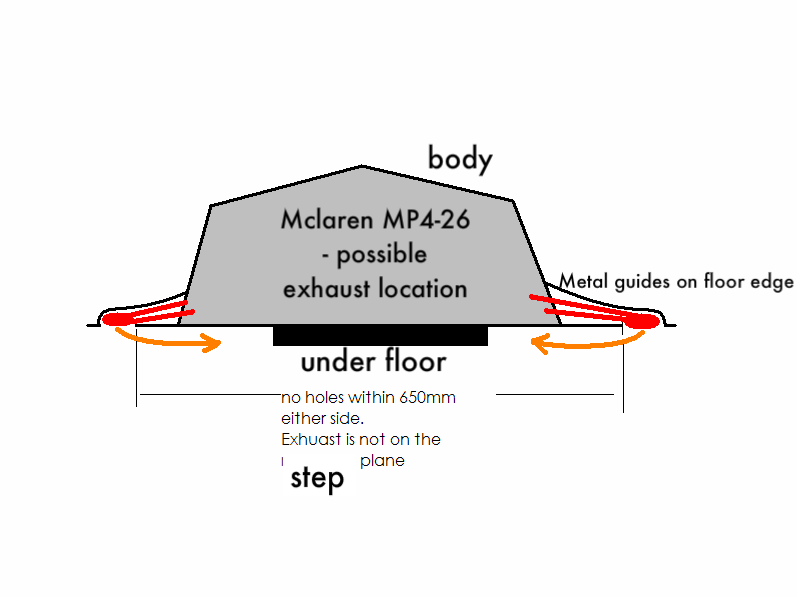scarbs wrote:n smikle wrote:You should ask them some "burning" questions next time out. You see, we have this Inertial mercury thing we want to clear up with Mercedes. Not the regular interters who's fluid inertia stretches only to internal damping, but the Inertial mercury damping as suggested by abudaliaf1.
You think I havent already? I understand Mercury is banned. The interlinked suspension proposed by AdudaliaF1 based along the 1960's Austin Hydrolastic system, has been used in F1 since 2009! and is in use by over four teams currently. I have knowledge ot two teams that were workng on it in 2011.
I have read your aticles. No problem with those systems you have shown. But if you are so inclined, you will realise there is one key difference with Abudalia's system vs the other systems. That difference is not mentioned in your blog.
It is not mentioned here either...
http://www.bluestreaksix.com/Austin1800/Page16.html
Usually when you design machines, a lot of effects are assumed insignificant.
An extreme example: the gravity of each individual part of a car (each part has it's own gravitational field yes?) - but there might be cases in other machines where the gravity of parts have to be considered. As I said an Extreme example.
Now going by the above reasoning. In the system proposed by abulafia (or his friend?) the inertial effect comes to the fore front. Normally only utilised in increasing damping ratios, the Inertial effect is now instead a prime mover. Actually providing the force behind moving the suspension corners.
I and a few other members did some calculations, and we saw significant forces required. I myself, have noted that the system is also sensitive to differences in gravitation potential - front from back, (which is normal) but because of the density of the Hg it produces a significant levelling effect whenever it "senses" differences in gravitational potential. I suspect that this effect can be another input into the suspension system as it is out of phase with the wheel loads. It actually produces a "leading phase difference" (for the electrical people out there) I would appreciate it if you to ask the engineers about this effect.
You can call it a "gravity levelling system." But yeah back onto the topic of the fan exhaust.




